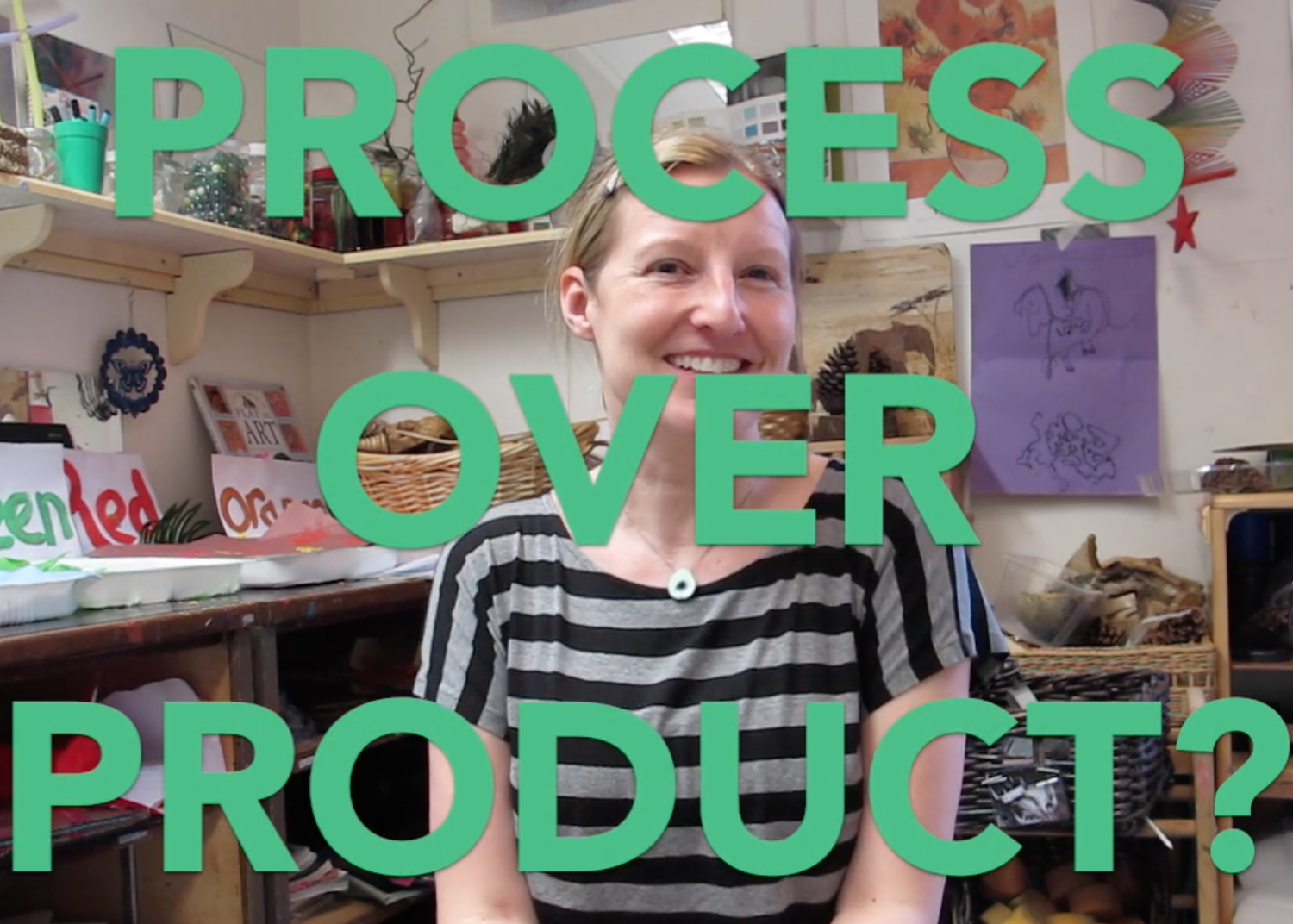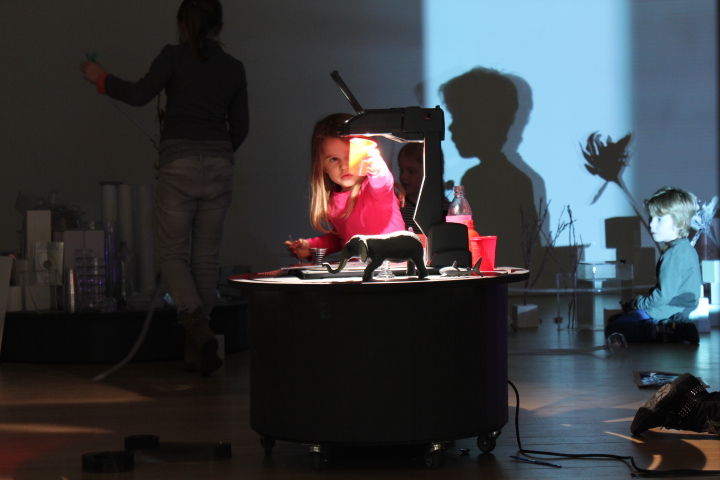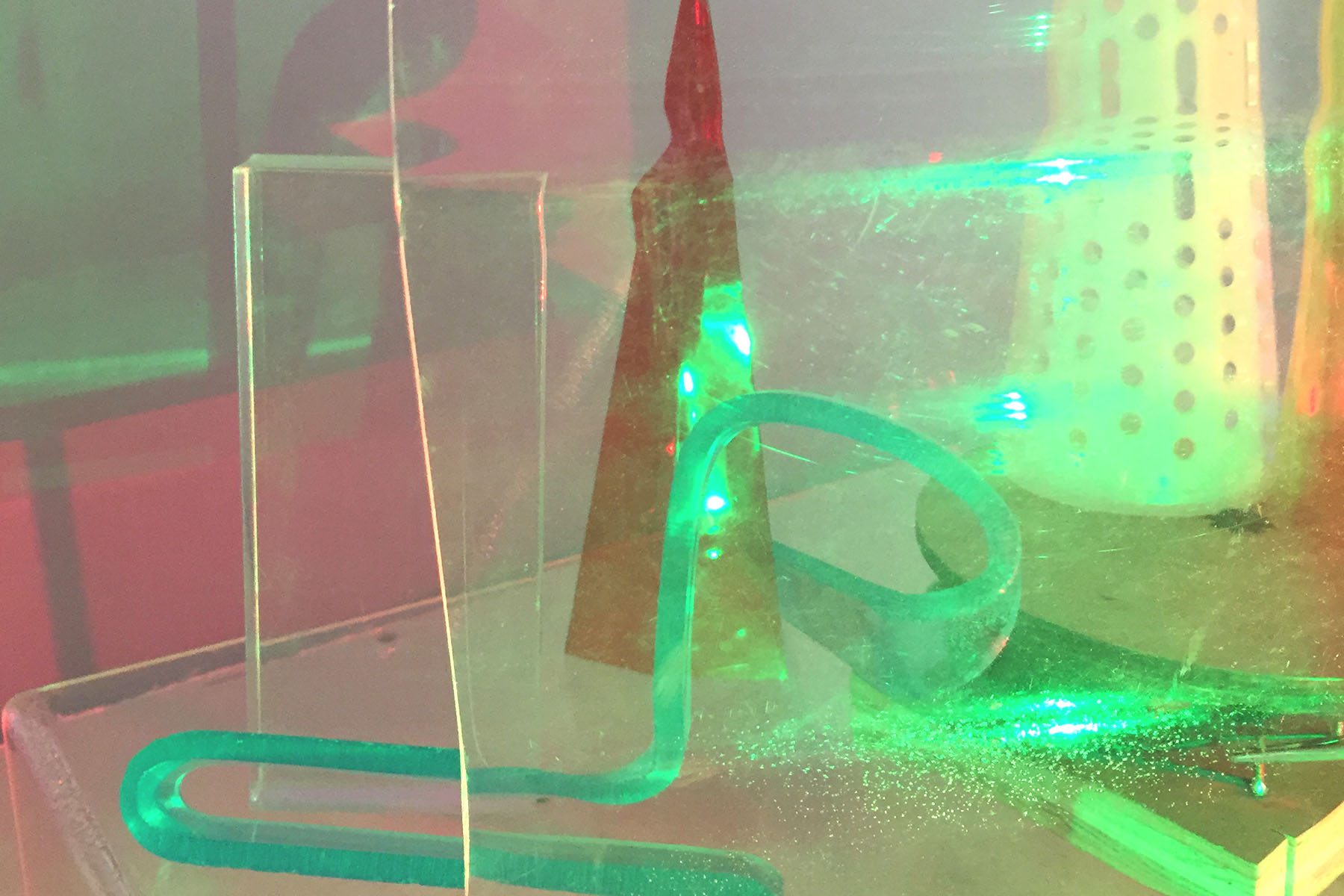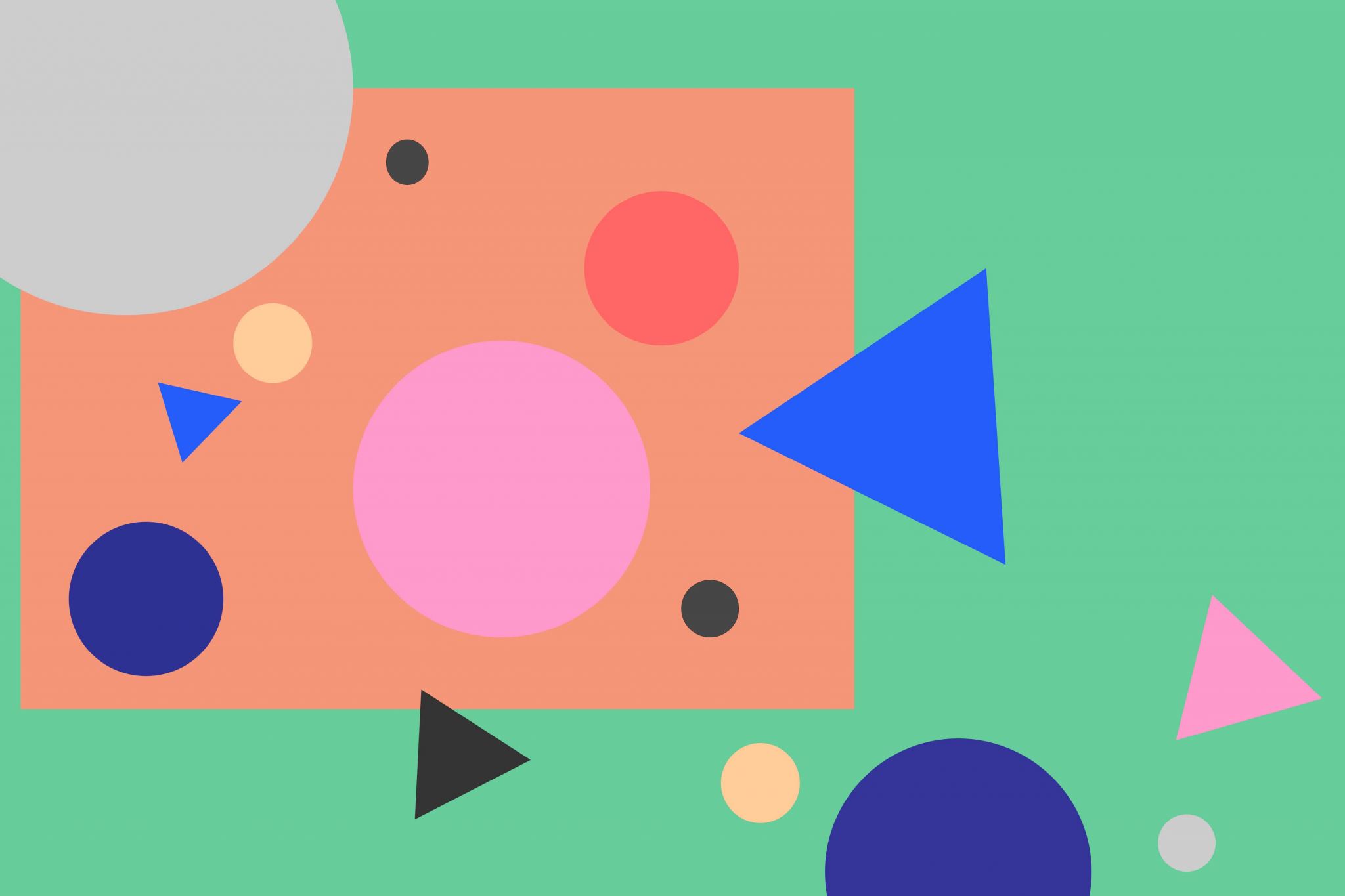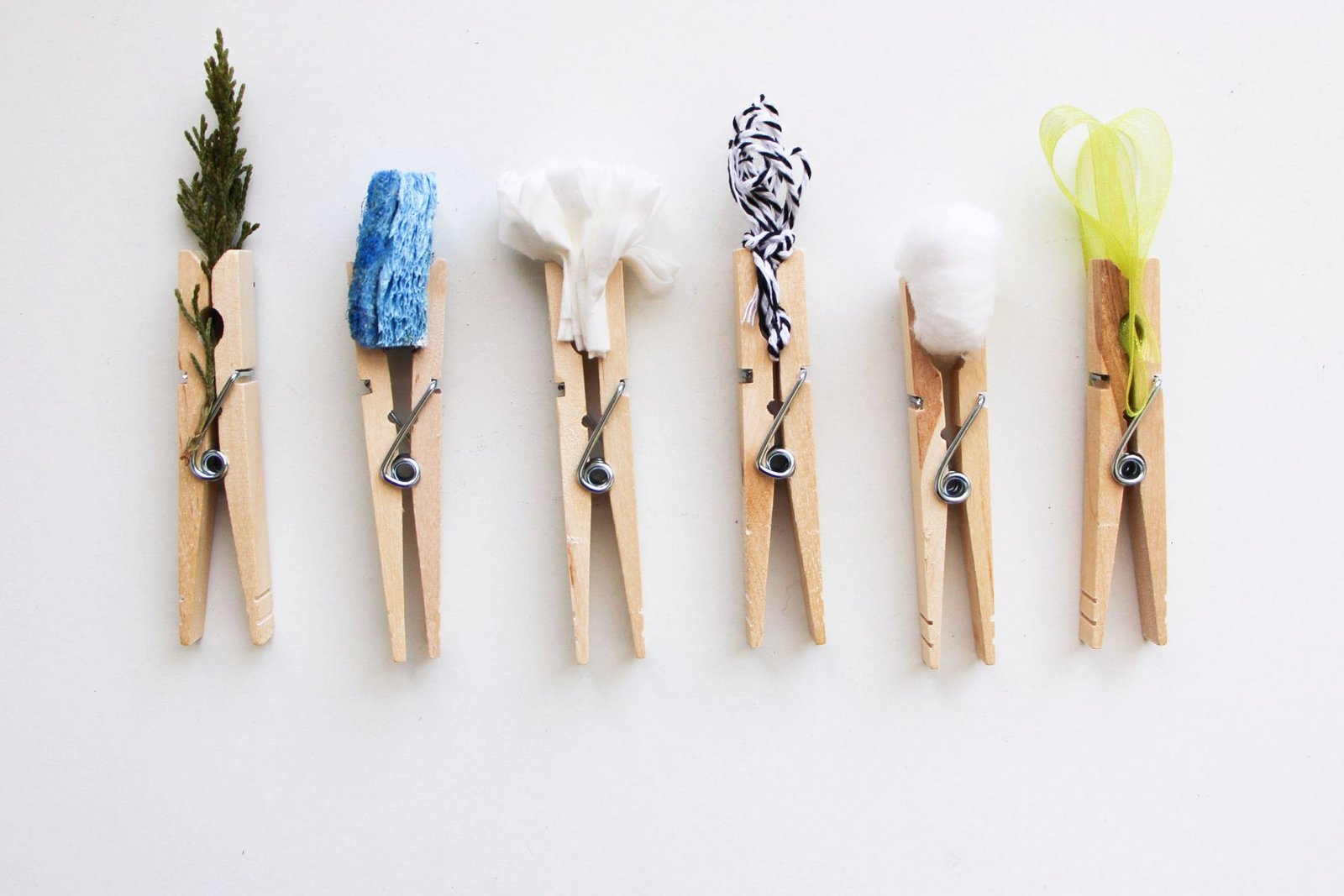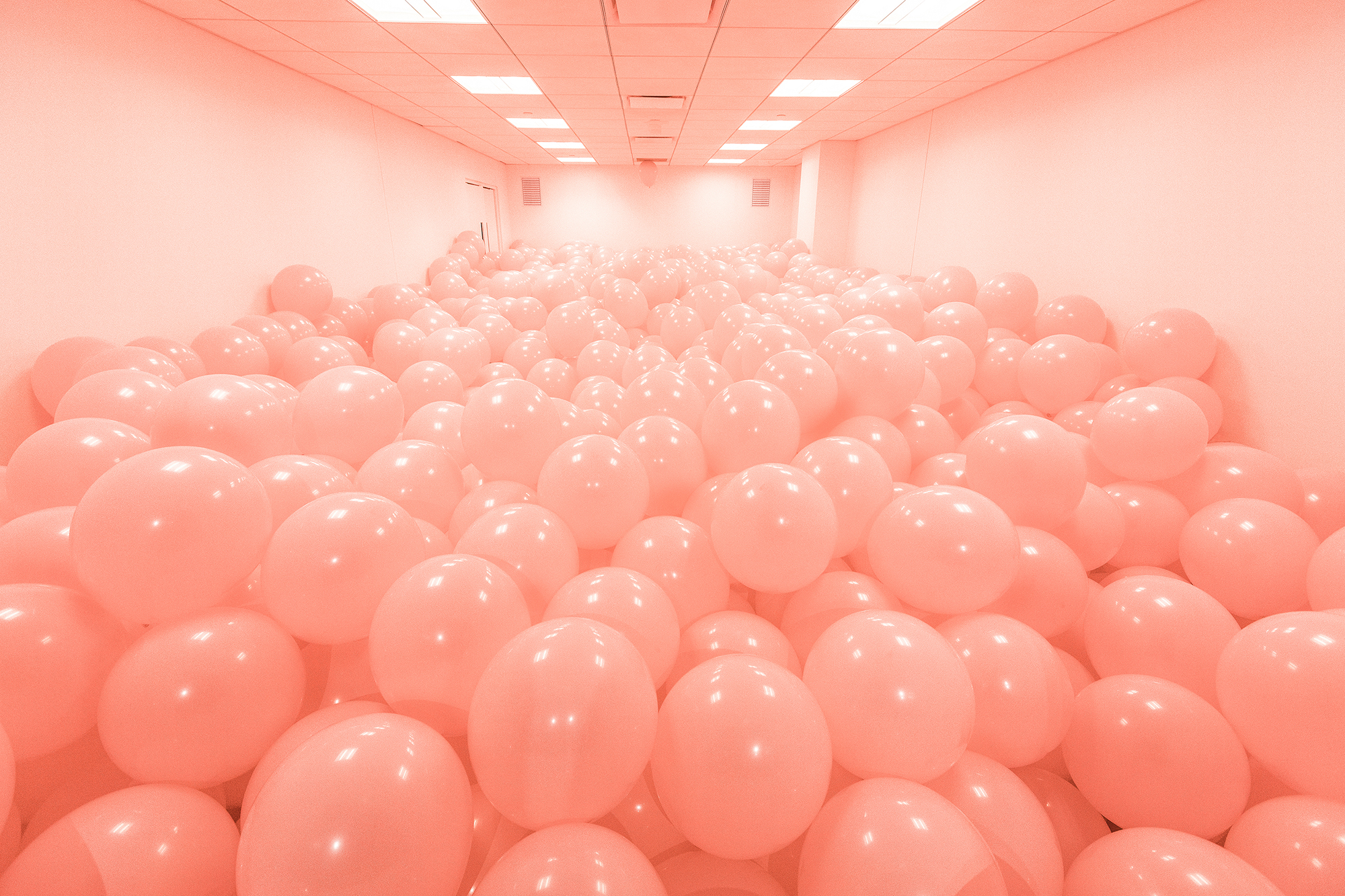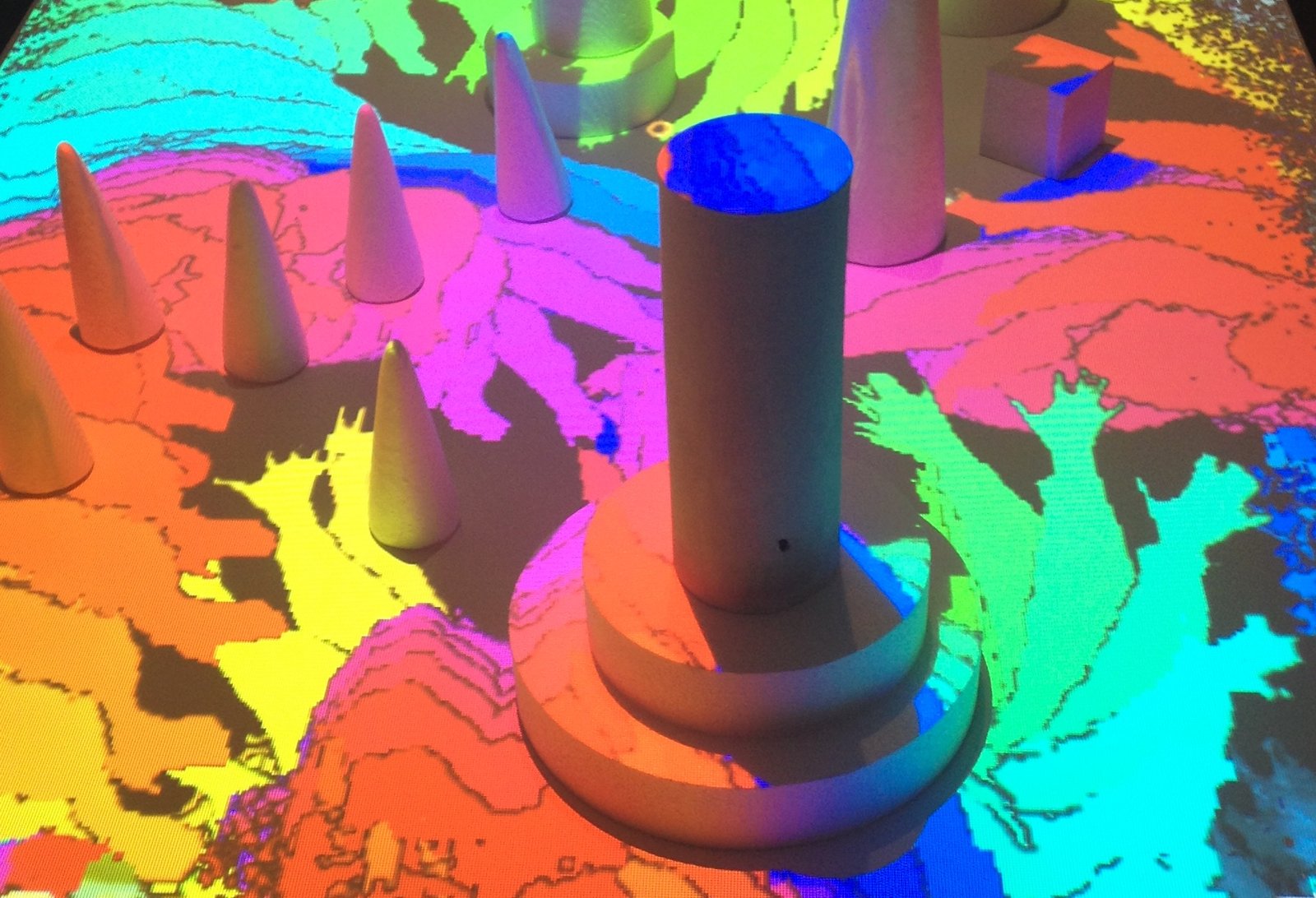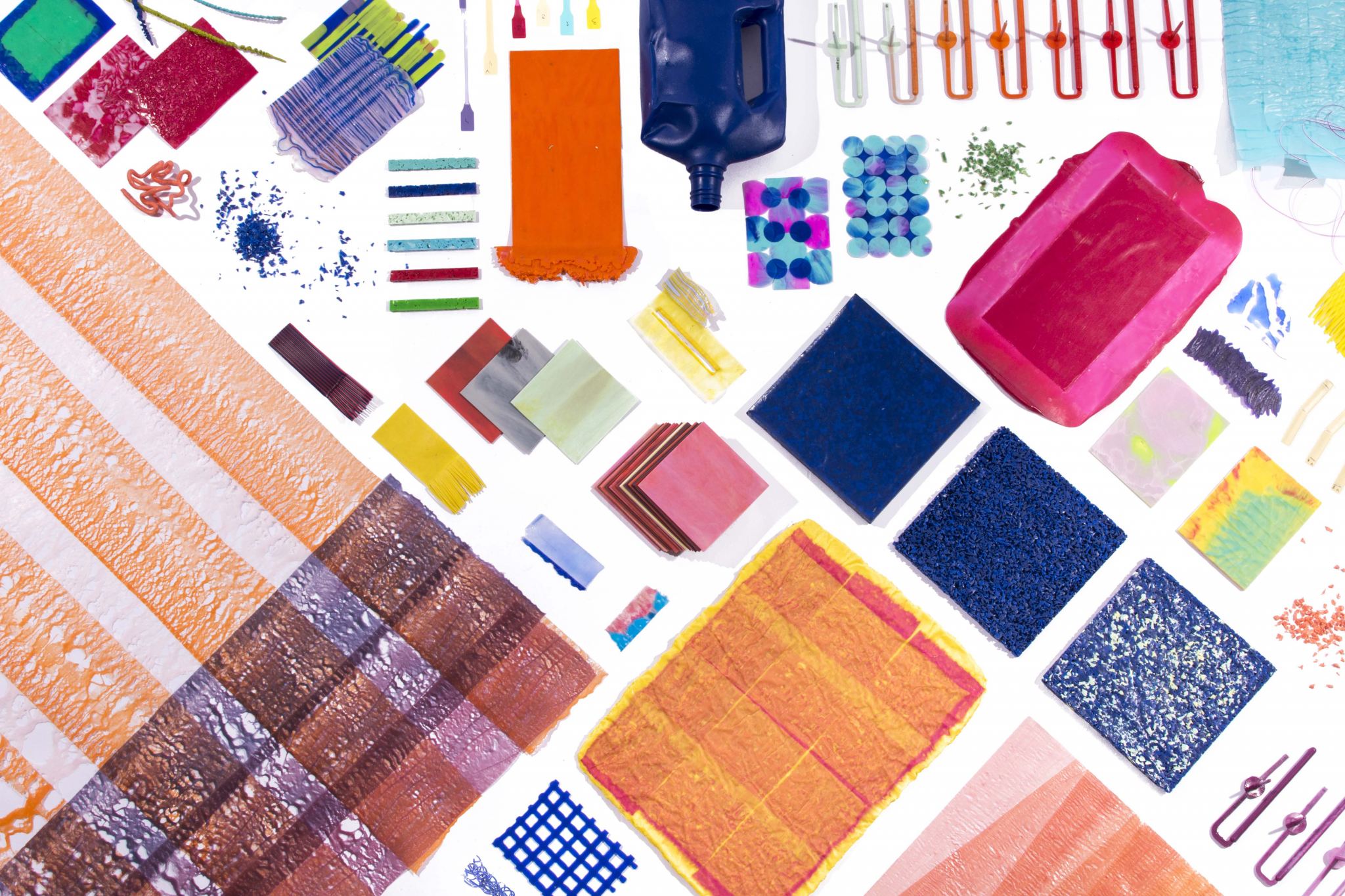This post features a video interview with artist Lorna Rose. She talks about her approach to creative learning, like the importance of flexibility, multiculturalism, and inclusivity in education. We live in a world of great cultural, social, and political diversity. As the great art educator Maxine Greene said, the arts play an integral role in the growth of social cohesion by encouraging children to empathize with others from different background. This week I spent two days at the Lillian de Lissa Children’s Centre & Nursery in Birmingham (UK) working alongside their artist-in-residence, Lorna Rose. 90% of the children attending the nursery are from an ethnic minority, over half speak English as a second language. Of the 90 children in attendance, 28 languages are spoken! The nursery’s vision is for children to leave the center with a sense of curiosity about the world. Lorna Rose has been working as the artist-in-residence at the centre for over…
The ‘Atelier van Licht’ at the Centraal Museum, Utrecht
This post features a reflection on my visit to the Atelier van Licht at the Centraal Museum in Utrecht, The Netherlands. The Atelier was being presented as part of the museum’s Nice’n’Light exhibition that ran from 17 October 2015 – 24 January 2016. Above: Atelier van Licht at Stedelijk Museum, Amsterdam. Image credit: Atelier van Licht A creative space for children’s play and experimentation with materials Back in February 2016, I travelled to the Netherlands to meet with Annemieke Huisingh, the founder of the wonderful Atelier van Licht. I was interested in learning more about the Atelier’s approach to designing children’s material-based creative learning environments. At the time, the Atelier (which is another word used to describe an artist’s studio) was on display at the Centraal Museum in Utrecht as part of a contemporary art show that was exploring artist’s experimentation with light. The Atelier had been designed for children of all ages…
How to support children’s creativity at home
I talk a lot about the importance of creativity and materials in children’s learning on this website. Most of the posts I have previously written have been aimed at teachers and creative professionals working with children. However, parents also play an important role in supporting children’s learning. To be honest, nearly every parent I have met has been incredibly interested in hearing about what they can do to help to support their child’s creativity. So, I have decided to start writing some posts especially for parents. Kicking off with this one. I have put together five hot tips for supporting children’s creativity with materials. These ideas build on a podcast I recently did for ‘Rial Talk .In the podcast I talk about the importance of art and children’s play with materials in education. More specifically, I argue that both art and materials play a critical role in encouraging creativity as they…
Why art is important in children’s learning
Art can play an important part in children’s learning. This post shares five key reasons why. “Every child has the right to relax, play and take part in a wide range of cultural and artistic activities.” Article 31, United Nations Convention on the Rights of the Child Many education theorists have argued that art has a central role in children’s learning and development. For example, John Dewey – the founder of American progressive education – argued for the need to integrate art into people’s everyday experiences. Eillot Eisner then talked about the criticality of art in public school curriculum and Maxine Greene wrote about its significance in allowing people to imagine the world from multiple perspectives. All of these amazing thinkers built their arguments on the same issue: that art has been marginalised from school curriculum in place of syllabus focused on maths, English, science and technology. A recent example of this can…
Make your own paintbrushes
Have you ever tried creating your own art tools? It is a fun art activity to do. Many artists including Gerhard Richter, Jackson Pollock and Willem de Kooning are famous for making their own tools for painting! This post shares how you, and your kids, can make your own paintbrushes using pegs and other items from around the house. This activity is great as it allows kids to experiment with different designs, surfaces and textures so there are lots of opportunities for creativity and problem-solving. Age range: 18 months + Preparation time: 10 minutes What you need Large clothespins/pegsScissorsPaint (homemade edible paint is a great option for babies and toddlers)PaperHousehold materials such as cotton pads, dishcloth, paper towel, tissue paper, bubblewrap, aluminum foil, leaves, ribbons, string, feathers, flowers and pom-poms. Making your DIY paintbrushes Step One: Collect your household materials and cut them into small enough pieces so they can…
Peabody Essex Museum’s Play Time exhibition
This post features an interview with Trevor Smith, curator of the Present Tense at Peabody Essex Museum in Salem, Massachusetts. Trevor is also curator of the museum’s current PlayTime exhibition. In our conversation, Trevor discusses the dynamic role of play in contemporary art and culture – a core theme driving the show. Play and artistic practice have a long and enduring history from Surrealist games that aimed to unlock subconscious creativity to more recent participatory live art practices. Play can be understood as a significant catalyst for artistic, social, cultural and technological change. The Peabody Essex Museum takes this rich conceptualization as a starting point for their PlayTime exhibition. The show features nearly forty works from renowned contemporary artists such as Lara Favaretto, Martin Creed, Teppei Kaneuji and Nick Cave. The museum has also put together a FANTASTIC PlayTime digital publication that is free to access online at playtime.pem.org. The publication includes contributions from distinguished artists, poets, writers…
5 education apps for documenting learning in 2019
*This is an updated version of a post originally published in May 2018* If you are a teacher in the Northern Hemisphere, the new academic year is heating up. The paper work may be piling up too… A LOT! Education apps can help with that. Apps can be used to digitally document and collate children’s learning. These records can then be easily shared with other students, educators and parents – helping to grow a community that fosters learning. However, at their worst, apps can also encourage a culture of surveillance and control of children’s lives – it depends on how they are being used! In this post, I talk about why documenting and reflecting on children’s learning is important, including how apps can be used to support this process in a positive way. I review five apps: Seesaw, Class Dojo, Google Classroom, Storypark and Artsonia to discuss how these can…
Vygotsky on collective creativity
This post shares Vygotsky’s idea of collective creativity, a concept presented in his article ‘Imagination and Creativity in Childhood’. I firstly talk about how he defines creativity and imagination. I then use these understandings to consider how children’s creativity emerges through play. Lev Vygotsky (1896 -1934) was a Soviet psychologist who researched children’s learning in social and cultural contexts. In particular, his theory of ‘social constructivism’ discussed the importance of social interactions in children’s cognitive development. Vygotsky was also very interested in creativity and imagination how these were understood in education. What is creativity? Vygotsky believed that creativity arises from any human activity that produces something new. Creative acts could produce anything from physical objects to a music score to a new mental construct. Creativity is therefore present when major artistic, scientific and technical discoveries are made. It is also existent whenever an individual alters, combines, images or makes something new.…
Jessica den Hartog’s art made from recycled plastic
The use of plastic in classrooms is becoming an important issue for teachers. For example, public schools in the United Kingdom have been encouraged to eliminate single-use plastics (like straws, disposable water bottles and glitter) by the end of 2022. However, plastic can also be a wonderful material for artistic experimentation, as Dutch designer Jessica den Hartog shares with us in this post. Jessica is a researcher and designer whose artistic practice has explored the relationship between colour and recycled plastic. Based in Maastricht in the Netherlands, her art focuses on the importance of experimentation with the material. This is in contrast to making a specific end product. Image: Jessica in her art studio. Credit:Jessica den Hartog Louisa Penfold: I understand you have worked in both styling and design. Can you tell us about your background and how your interest in recycled plastic came about? Jessica den Hartog: My interest…


